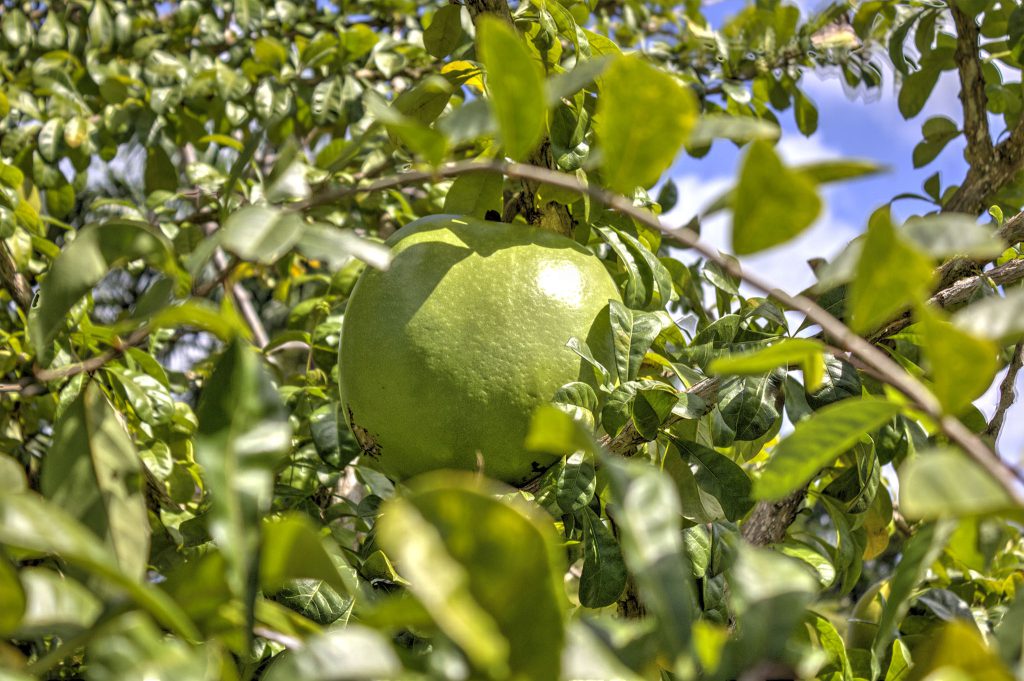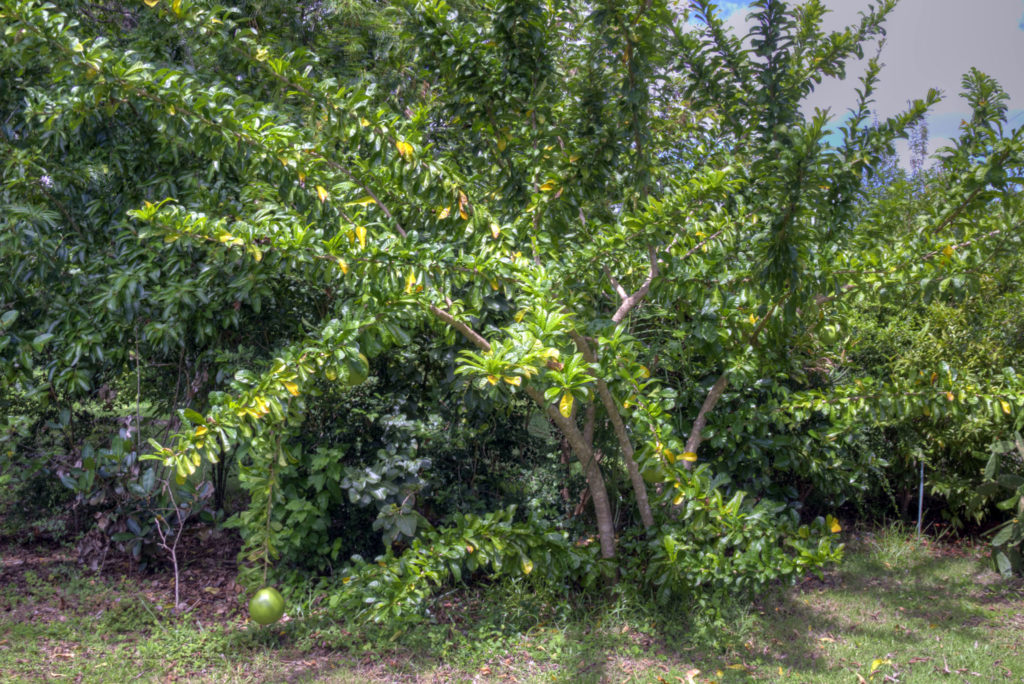Scientific name: Crescentia cujete
Common names: Calabash tree, Bottle gourd tree
These trees are known for their large, spherical or oval fruits that can be used as containers, musical instruments, or even decorative items.
Calabash fruits come in different shapes, such as huge and rounded, small and bottle-shaped, or slim and serpentine, and they can grow to be over a meter long. The rounder varieties are usually called calabash gourds. The gourd was one of the first plants cultivated by humans, not primarily for food, but for use as containers. The bottle gourd may have been carried from Asia to Africa, Europe, and the Americas during human migration, or by seeds floating across the oceans inside the gourd. It has been proven that it was globally domesticated and existed in the New World during the Pre-Columbian era.
Medicinal uses:
The calabash tree (Crescentia cujete) has a few traditional medicinal uses, primarily in the regions where it grows. Some of these uses include:
- Respiratory Conditions: In traditional medicine in parts of Africa and the Americas, various parts of the calabash tree are used to treat respiratory conditions such as asthma, coughs, and bronchitis. The leaves, bark, and fruit pulp are often used in remedies.
- Skin Conditions: The fruit pulp and seeds of the calabash tree are sometimes used topically to treat skin conditions such as eczema, rashes, and wounds. The pulp is often mashed and applied as a poultice.
- Digestive Issues: In some cultures, the fruit pulp or extracts from the calabash tree are used to treat digestive issues such as stomachaches, indigestion, and diarrhea.
- Antimicrobial Properties: Some studies have suggested that extracts from the calabash tree may have antimicrobial properties, which could potentially be used to treat infections.

